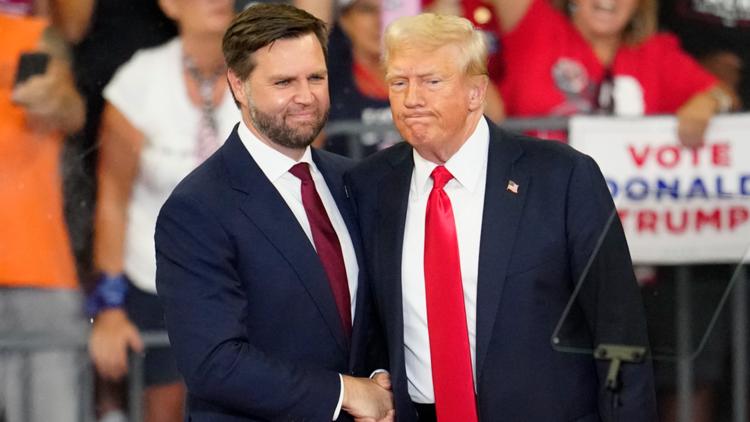
The Mysterious Leaks Inside the Trump Campaign
In a surprising turn of events, three major news outlets, Politico, The New York Times, and The Washington Post, were leaked confidential material from the Donald Trump campaign. The leaked documents included a report vetting JD Vance as a potential vice presidential candidate. However, none of the outlets have disclosed the specific details of the leaked information, opting instead to report on the potential hack of the campaign in vague terms.
This approach stands in stark contrast to the 2016 presidential campaign, where a Russian hack exposed emails from Hillary Clinton’s campaign manager, leading to widespread coverage and publication by mainstream news organizations.
The Leak and the Aftermath
Politico reported receiving emails from a mysterious sender named “Robert” containing a 271-page campaign document about Vance and a partial vetting report on Senator Marco Rubio as a potential vice president. The authenticity of the documents was confirmed by two independent sources, but the source behind the leak remains unknown.
The Trump campaign claimed it was hacked by Iranians, although no evidence was provided to support this claim. The FBI has confirmed an investigation into the matter, while news outlets grapple with the decision of whether to publish the leaked information.
Lessons Learned and Controversies
The handling of the leaked material has raised questions about journalistic responsibility and the impact of such leaks on the political landscape. Some believe that the origins of the leaked documents are more newsworthy than the content itself, while others argue for transparency in reporting once the accuracy of the material is verified.
Regardless of the debate, the mysterious leaks inside the Trump campaign have once again brought attention to the role of the media in shaping public perception and political discourse.




